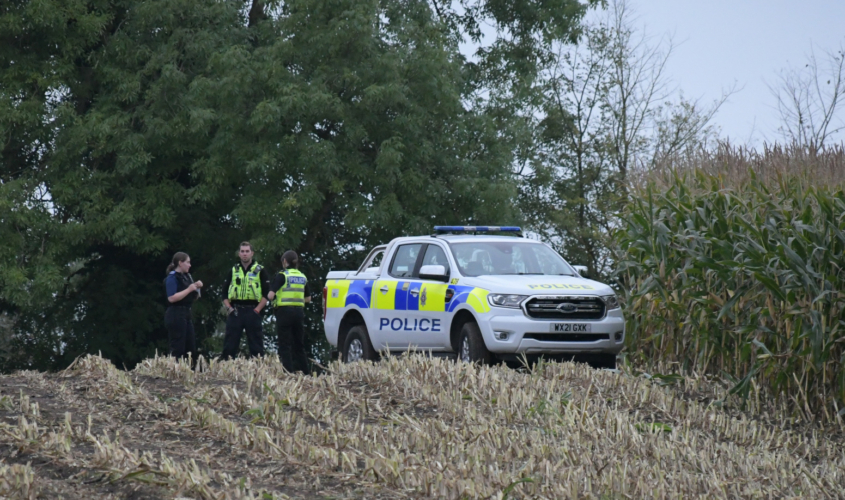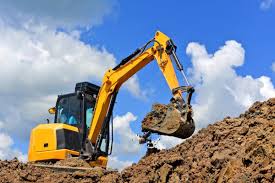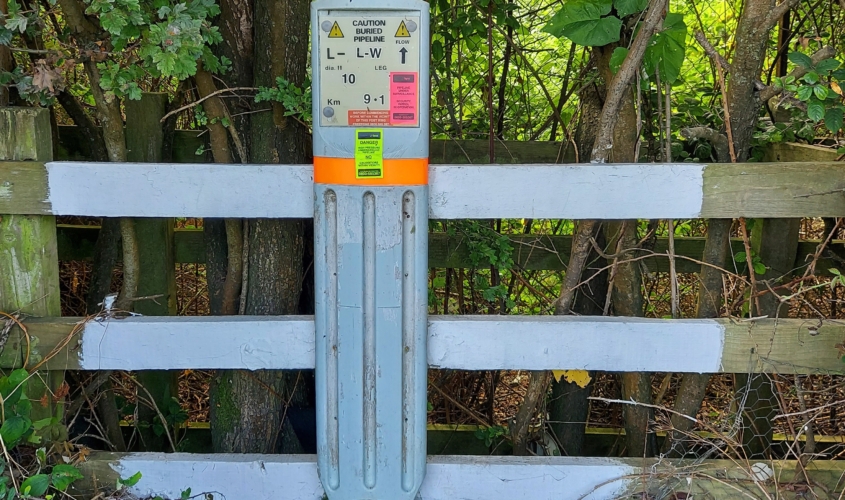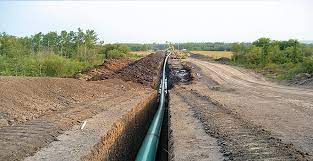High-pressure pipelines are vital to transporting natural gas, oil, and other critical resources that power our homes, industries, and vehicles. These pipelines often run underground, hidden from view but essential to our daily lives. While they are built to be safe and resilient, their importance makes them potential targets for damage, vandalism, or even product theft.
Identifying and reporting suspicious activities near these pipelines can help ensure safety, environmental protection, and the integrity of our energy infrastructure.
Why is Monitoring Pipeline Safety Critical?
Buried high-pressure pipelines carry highly pressurized and potentially hazardous materials. A breach or damage to these pipelines can lead to severe consequences, including:
- Explosions or Fires: The release of flammable gases or liquids can ignite, leading to catastrophic events.
- Environmental Damage: Spills can contaminate soil, waterways, and ecosystems, causing long-term harm.
- Service Disruption: Damage can interrupt the supply of critical resources, impacting businesses and households.
- Safety Risks: Nearby communities and workers may face serious health and safety hazards.
Because of these risks, communities play a crucial role in safeguarding pipeline infrastructure by staying vigilant and reporting unusual or suspicious activities.
Recognising Suspicious Activities
Here are some examples of what might be considered suspicious near buried high-pressure pipelines:
- Unauthorized Digging: Excavations or digging near pipeline markers without visible permits or official signage.
- Unmarked Vehicles or Equipment: Vehicles parked or equipment operating near pipeline sites without logos or identifiers.
- Unusual Behaviour: Individuals loitering or taking photos near pipeline markers, pumping stations, or related facilities without a clear reason.
- Tampering with Equipment: Attempts to open valves, break locks, or interfere with monitoring systems.
- Unauthorised Construction: Projects or installations that seem to be encroaching on a pipeline’s right-of-way.
If you observe any of these activities, it is better to err on the side of caution and report your concerns.
Steps to Report Suspicious Activities
If you notice anything unusual or concerning near a pipeline, follow these steps:
- Note Key Details: Record the location, time, and description of the activity or individuals involved. Take note of vehicle license plates or distinguishing features if safe to do so.
- Avoid Direct Confrontation: Do not approach individuals or attempt to intervene. Your safety is the priority.
- Contact Authorities: Call your local emergency services or the pipeline operator’s emergency hotline, which is usually listed on nearby pipeline markers.
- Follow Up: If required, provide additional information to authorities or pipeline representatives to assist with their investigation.
Understanding Pipeline Markers
Pipeline markers are placed to indicate the presence of buried pipelines and often include the operator’s contact information and an emergency number. These markers do not indicate the exact location or depth of the pipeline but serve as a reminder to exercise caution in the area.
Protecting Pipelines is a Shared Responsibility
Maintaining the safety and security of buried high-pressure pipelines is not just the responsibility of pipeline operators—it’s a collective effort. By staying alert to suspicious activities and acting promptly to report them, you play a critical role in preventing accidents and protecting both people and the environment.
If you’re unsure who to contact, start with the number on the pipeline marker, BPA’s lands team on 0800 585 387 or call your local authorities. Together, we can ensure that these vital resources remain secure and reliable for generations to come.




